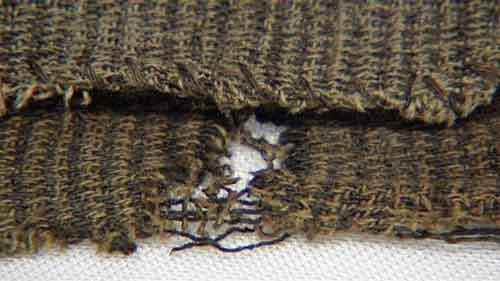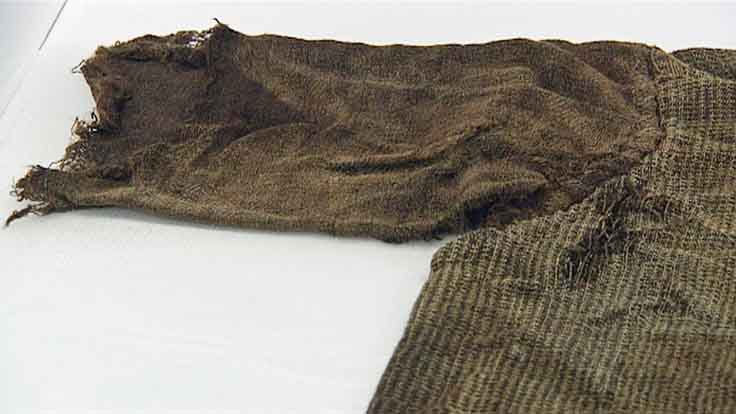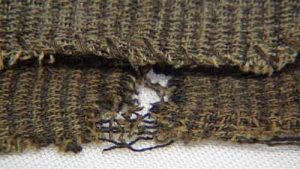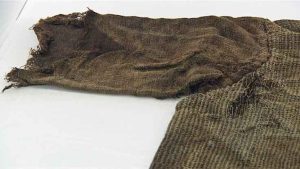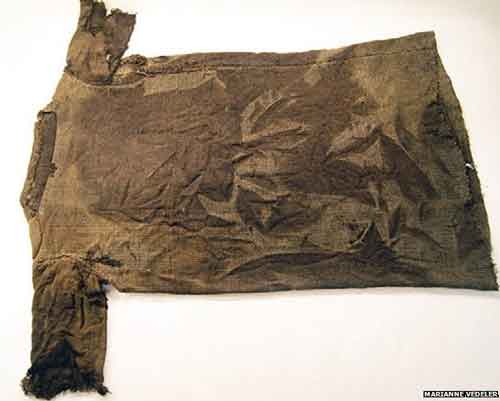
Vintage clothing lovers know only too well the allure of fashions from the past and how well they endure the test of time.
That testament to durability is no better exhibited than in the recent discovery of an Iron Age sweater, or tunic from the early first millennium AD, which was buried deep in the snowy Norwegian Lendbreen Glacier. It is still quite stylish in its own pre-Viking way, and sturdy enough for continued wear.
The Neolithic wool tunic is believed to be one of the oldest surviving garments in the Northern Hemisphere and exhibits a finely made diamond twill pattern that rivals the best machine weavers of today.
So the next time you find yourself drawn to a vintage garment, know that with proper care, that garment could last a very long time. Perhaps not as long as 1700 years, but long enough to survive the latest fashion trends.
— by Metro Retro Vintage

